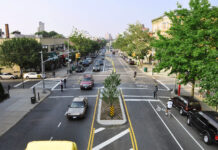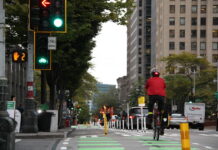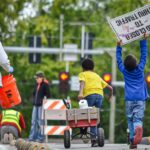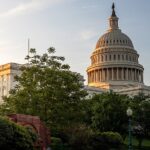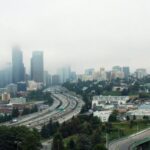Eliminating driver error doesn’t work. What does? Part II
In part I of this blog series, we reviewed the evidence on three roadway safety strategies that rely on changing driver behavior—education, enforcement, and...
Rising Fatalities a Sign to Modernize Federal Design Guidance
Over a month ago, on Monday, May 15, 2023, despite a statutory requirement in the IIJA to release, the FHWA failed to release the...
[VIDEO]: Pedestrian fatalities continue to rise. Here’s why.
In a conversation with CBS Sunday Morning, T4A’s executive director Beth Osborne explains that our roads are dangerous by design.
If you watch CBS on...
AVs aren’t solving our transportation problems. They’re automating them.
Autonomous vehicles (AVs) have been dangled as a transportation “silver bullet” for decades. As of last week, they’re finally operating as robo-taxis in San...
You’re unsafe? Prove it.
In the United States, where and how traffic deaths occur are painfully predictable. But even with historically high levels of funding available, traffic engineering...
Celebrating 20 years of Complete Streets
The term “Complete Streets” was coined two decades ago, and while a lot of progress has been made, the fight for safe streets is...
Rethinking the intersection to prioritize safety over speed
The rising rate of pedestrian fatalities is a consequence of deadly design decisions that prioritize driver speed and convenience over the safety of all...










